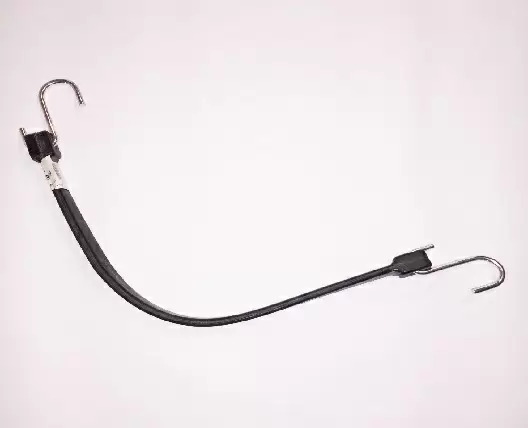
Getting the right tarp for the job is the first accomplishment in protecting your valuable possessions. This is just the start. Making sure that you secure the cover properly is extremely important in its function and usefulness. Tying down your tarp correctly is the difference in its effectiveness and longevity.
Many tarps contain grommets or eyelets that are metal, rubber, or plastic openings. They reinforce the holes and are often in the four corners and around the perimeter in equally spaced dimensions. It is these grommets that are instrumental in helping tie down the tarps.
The object is to secure the tarp in the best position possible to guard and shield the supplies, equipment, structures, or even people from the wind, rain, snow, sun, dirt, and other debris. Tying down your tarp can be accomplished with a host of accessories including rope/cord, rubber straps, bungee balls, zip ties, hooks, and fasteners. These find the best use in tyng/connecting to the surface or structure below the possession to protect.
To help ensure that your items are protected, and the effectiveness of the tarp is maintained it is critical to pay attention to the surrounding area and the elements. Misuse or poor placement of the tarp can add to the unnecessary collection of water or snow. The extra weight the cover might carry will cause stress on the fabric leading to possible tears and holes.
6 Steps to Follow when Tying Down Your Tarp
Here are a number of steps to provide the proper protection and eliminate damage and premature aging of the covers.
1- Use all the grommets provided to tie the tarps down. This will reduce stress on the grommets and the extreme pulling of the material.
2- Add additional grommets, if necessary, with grommet kits or tarp clips, which are an extremely easy, fast, and effective way off adding grommets.
3- Try to create a central elevated point as you secure the tarp. This will allow the rain and snow to run off keeping the cover as clear as possible.
4- Keep the tarp as taut as possible without straining or stressing the cover. A tight tarp surface will help prevent the collection of water and other debris.
5- Inspect the tarps for creases or pockets that can attract and create standing water.
6- Choose a location, if possible, that is as dry as possible that sheilds the elements.
Tarps Now has everything you need to Tie Things Up
A few simple steps in using your tarps can lead to more effective and longer lasting results. Please contact Tarps Now today at (888) 800-1383 or sales@tarpsnow.com to find the right tarp and accessories to help them provide peak performance.
